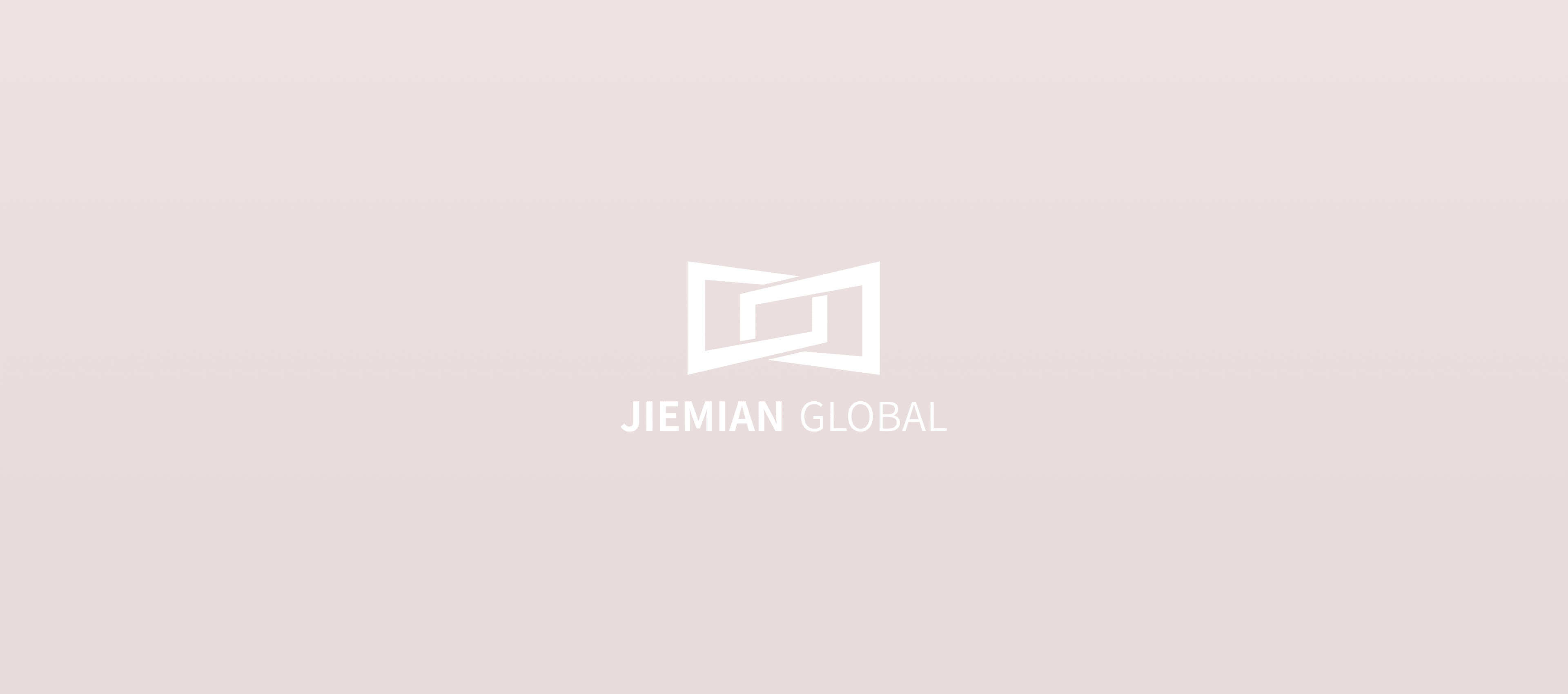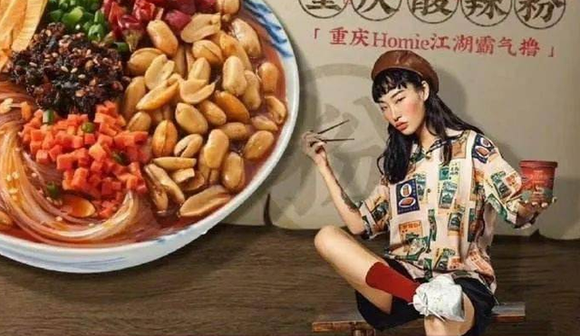Controversy has long surrounded Chinese fashion models. Previously accused of not looking Asian enough, brands and models may now be trying too hard to look “Chinese.”

Photo from CFP
By ZHOU Fangying
The girl in the ad is snacking and looks carefree. To the casual observer, it is not a bad photo per se. But to those in the know, there was a fatal flaw: her eyes were the wrong shape. Almost immediately, Three Squirrels, the advertiser, was condemned for kowtowing to western stereotypes. An online mob trashed the model’s social media page, calling her racist, shameless and even treasonous. I was born with small eyes, she tried to fight back. Doesn’t matter, netizens said. You shouldn’t have been a model in the first place.

Three Squirrels is only the latest of a long string of brands that got into trouble by using narrow-eyed models. In most cases, big companies with their legions of PR experts and lawyers can quickly apologize out of boycott and cancellation. But some worry that the unjustified attack on the models themselves may have longer-term career repercussions.
LI Yan is deeply hurt by the indiscriminate association of slanted eyes with racism. “I was born with these eyes. Do I deserve to be canceled simply because of that?”
But GUO Jing, a model who describes herself as slanted-eyed, said the noise hadn’t had much material impact on her job, yet. There has long been controversy around how Asian women are depicted in the media, especially since Dolce & Gabbana was almost canceled in 2018 for its ads filled with stereotypes about Chinese women.
Xiaokai, who works at a model agency, said brands did briefly stop using narrow-eyes models in the immediate aftermath of the Three Squirrels furor, but not for long. “Brands don’t want to step into the middle of the public opinion war. But there will always be demand for models with all kinds of eyes.”
The controversy surrounding Asian eyes has long divided Western brands and their Chinese audience. East Asian models with small eyes are said to land jobs more easily abroad. When former supermodel LU Yan gained international fame in the 2000s, Chinese audiences were confused if not outright infuriated. Lu’s face, with her long, narrow eyes and high cheekbones, fits the supposed western image of a picture-book Chinese woman from the 19th century, a period marked by defeats and humiliation in Chinese history. Lu was also attacked on social media when the Three Squirrel controversy broke out.
Changing beauty standards make the fashion circle a diverse place, but models do not get jobs based on looks alone. Skill, experience and professionalism determine whether a model can get a job, not her genetic heritage. Chinese supermodels that came after Lu Yan show a wide variety of looks. XI Mengyao is the girl next door. DU Juan is aloof, LIU Wen powerful.
ZHOU Weijie, director of Yinger Fashion, said models are based on the needs of the brands – a model who emits confidence and power is more likely to model for business attire brands, for example – and that decisions are never dominated by any single eccentricity, such as eye shapes.
Chinese brands, keen for whatever reason to appear international, used to prefer foreign models, but domestic models are now in demand due to the rise of Guochao (consumer goods with Chinese cultural elements) and travel restrictions during the pandemic.
The model in the Three Squirrels ad has managed to stage a strong comeback, as far as to appear on the March cover of COSMO.